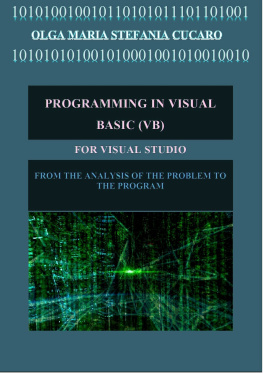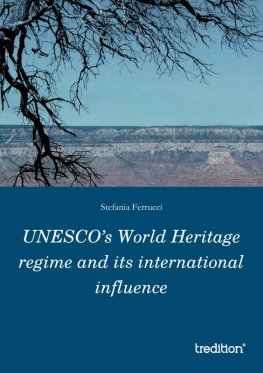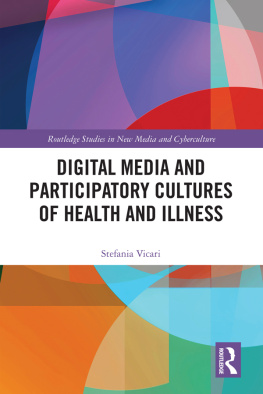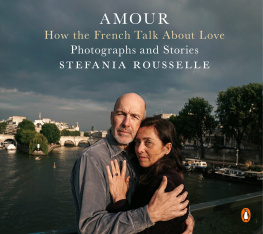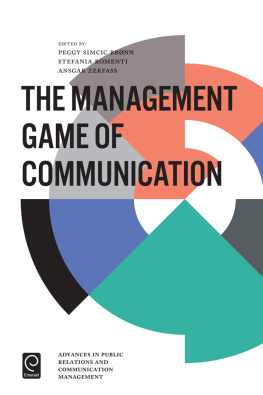4e de couverture
Mtissage
collana diretta da A LBERTO T AROZZI
Mtissage raccoglie e divulga materiali per un confronto tra culture, generi, gruppi, generazioni, soggetti e progetti differenti, approcci allo sviluppo e al servizio sociale, al cambiamento locale e globale, diversi per visione teorica, metodologia e prassi dintervento. Un lavoro sociale che agevoli la comunicazione Nord e Sud, maggioranze e minoranze, utenti e operatori dei servizi, normalit del centro e anomalie della periferia.
Comitato scientifico : Maurizio Ambrosini, Pietro Basso, Fabio Berti, Costantino Cipolla, Vittorio Cotesta, Catherine de Wenden, Maria Caterina Federici, Guido Giarelli, Fabio Lo Verde, Antonio Mancini, Marco Martiniello, Umberto Melotti, Alberto Merler, Everardo Minardi, Giacomo Mul, Maria Lucia Piga, Andrea Pitasi, Micol Pizzolati, Raffaele Rauty, Paul Statham, Carolina Stefoni, Mara Tognetti-Bordogna, Laura Zanfrini
Coordinamento edit.: Antonio Mancini, Elisa Pelizzari, Alberto Tarozzi
Mtissage accetta proposte editoriali, prevalentemente, in lingua italiana, francese, spagnola e inglese, con possibilit di pubblicare con ISBN italiano e/o francese. Ogni volume sottoposto a una procedura di referaggio anonimo sulla base di criteri condivisi dal direttore con il Comitato scientifico e sanciti nella Scheda di valutazione dei lavori proposti per la pubblicazione nella collana Mtissage.
La scheda di valutazione dei lavori proposti per la pubblicazione pu essere richiesta a:
I referees dei lavori proposti per la pubblicazione nella collana Mtissage sono rigorosamente coperti da anonimato. Il materiale proposto alla valutazione dei referees dopo aver rimosso ogni elemento che possa consentire lidentificazione dellAutore. Successivamente, le schede di valutazione dei singoli referees sono presentate agli autori, ai quali si rende noto che le valutazioni o i suggerimenti ivi contenuti sono stati pronunciati da un esperto della disciplina non necessariamente impegnato nello specifico settore di ricerca a cui si riferisce il lavoro. Ai referees raccomandato di leggere accuratamente il lavoro e di far conoscere alla direzione della collana la loro valutazione. A tal fine, ai referees richiesto di rispondere alle domande del questionario, di redigere un giudizio in forma discorsiva e di compilare il giudizio conclusivo.
This volume has been published thanks to the EU co-financed project Forced migrant women: comparison study of reception policies and integration interventions in Europe ASYLUM, MIGRATION AND INTEGRATION FUND (AMIF) 2014-2020 Specific Objective: 2. Integration / Legal Migration National Objective: 3. Capacity Building letter m) Exchange of Good Practices (Notice Promoting comparison between integration policies developed in Italy and in other Member States), with the Italian Ministry of the Interior Department for Civil Liberties and Immigration as Responsible Authority of the Fund.
*
* *
Pubblicazione realizzata con il contributo di
Dipartimento di Economia
Universit degli Studi del Molise
LHarmattan Italia srl / LHarmattan
Torino / Paris, 2018
ISBN (ITALIA) 978-88-7892-350-8 - EAN Epub: 978-2-336-85127-3
PREFACE
Stefania Giova, Antonio Mancini
Women and minors represents one of the priorities declared by the European Union for the reception and integration of forced migrants .
In Italy, in 2015, just under 100,000 people requested protection, of which 1 in 10 were women. Recent research shows that the smaller number of forced migrant women compared to men contributes to making interventions aimed at meeting initial reception and integration needs more demanding.
In the light of this scenario, in the years 2016-2018 the University of Molise coordinated a project entitled Forced migrant women: comparative study on reception policies and integration interventions in Europe .
This research allowed an interdisciplinary exchange on a multidimensional basis between different contexts characterized by different power attributions and heterogeneous approaches to the reception and inclusion of applicants and holders of international protection.
The work presented here, therefore, represents a multidisciplinary reflection on the rights, protection, reception and integration of forced migrants in Italy in general, and in Molise in particular, with a specific focus on particularly vulnerable groups, such as women and children.
. European Parliament (Policy Department C Citizens Rights and Constitutional Affairs) (2013), Comparative study on the best practices for the integration of resettled refugees in the EU Member States , http://www.europarl.europa.eu.
. http://data.unhcr.org/mediterranean.
. See United Nations Refugee Agency, United Nations Population Fund, Womens Refugee Commission (2015), Protection Risks for Women and Girls in the European Refugee and Migrant Crisis, https://www.unfpa.org.
. The condition of increased vulnerability of forced migrant women, with decisive consequences on opportunities for social inclusion, is highlighted by a wide multidisciplinary literature. See L. Bartolomei, R. Eckert, E. Pittaway (2014), What happens there follows us here: Resettled by Still at Risk: Refugee Women and Girls in Australia , Refuge, 2: 45-56; B. Ludwig, H. Reed (2016), When you are here, you have high blood pressure: Liberian refugees health and access to healthcare in Staten island, NY , International Journal of Migration, Health and Social Care, 1: 26-37.
. M. Pizzolati, D. Sterchele (2016), Mixed-sex in sport for development: a pragmatic and symbolic device. The case of touch rugby for forced migrants in Rome , Sport in Society, 8-9: 1267-1288.
. The project, led by the University of Molise, was co-financed by the European Union ASYLUM, MIGRATION AND INTEGRATION FUND (AMIF) 2014-2020 Specific Objective: 2. Integration / Legal Migration National Objective: 3. Capacity building letter m) Exchange of good practices , a fund managed by the Italian Ministry of the Interior.
. In order to encourage the sharing of models of service in favour of protection seekers between Italian and foreign institutional actors, the University of Molise has worked closely with two project partners: the Associazione Centro Astalli, a reality that has been engaged for many years in Rome in the reception of refugees, and the Istituto Ges e Maria managed by the Caritas of Termoli-Larino (Molise), an organization that operates in the region in the field of integrated reception of asylum seekers and holders of international protection. The Lead Partner also involved in the research network the University of Leicester Leicester Migration Network (United Kingdom), the University of Aalborg Center for the Study of Migration and Diversity (Denmark) and the University of Granada Instituto de Migraciones (Spain), academic realities that are characterized by a strong vocation for intervention on integration policies on a local basis and by some peculiarities of their respective national reception systems. The research and sharing activities in the four national contexts have been ensured not only by the expertise of the research centres involved, but also by relations already established by them at local level with numerous public and private actors involved in the policies and interventions for the integration of forced migrants. Finally, the exchange of skills was also encouraged through the involvement of institutions and the Third Sector, particularly in the Molise territory, in the field of reception and integration of asylum seekers and refugees.





